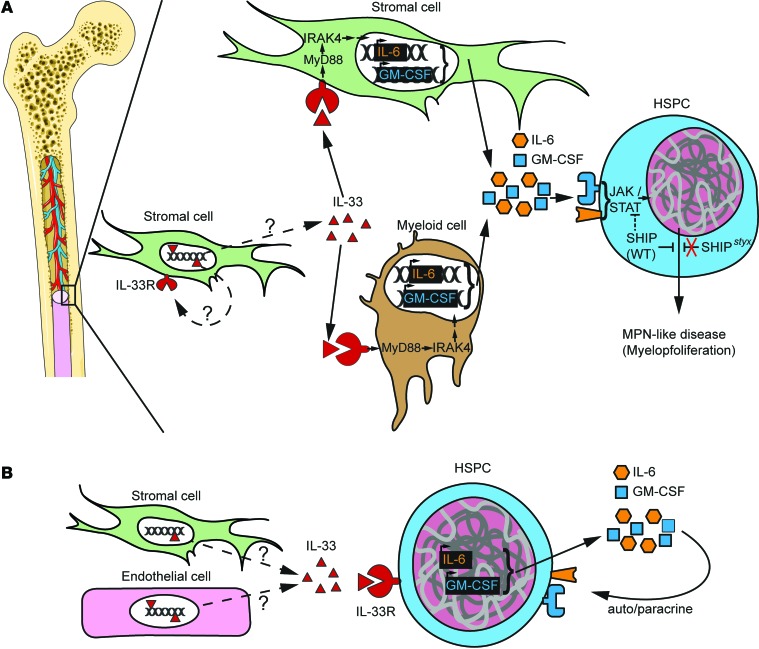Figure 9. Models for the development of MPN in the BM microenvironment.
(A) Model for SHIP-deficient mice. Stromal cell–derived IL-33 is released under stress or steady-state conditions through a pathway that is yet to be determined. IL-33 engages its receptor ST2 on stromal cells or, preferentially, on a committed population of myeloid cells. Signal transduction via the ST2→MyD88→IRAK4 axis promotes the secretion of several cytokines and growth factors promoting myoproliferation — among others GM-CSF and IL-6 — that bind to their respective receptors and activate the JAK2/STAT5 pathway (49). SHIP is a negative regulator in this process, and impaired SHIP-mediated inhibition results in MPN-like disease. (B) IL-33 released by stromal cells in the human BM engages ST2 receptor on CD34+ HSPCs. Activation of cell signaling downstream of ST2 leads to the production of autocrine cytokines and growth factors that support proliferation.

